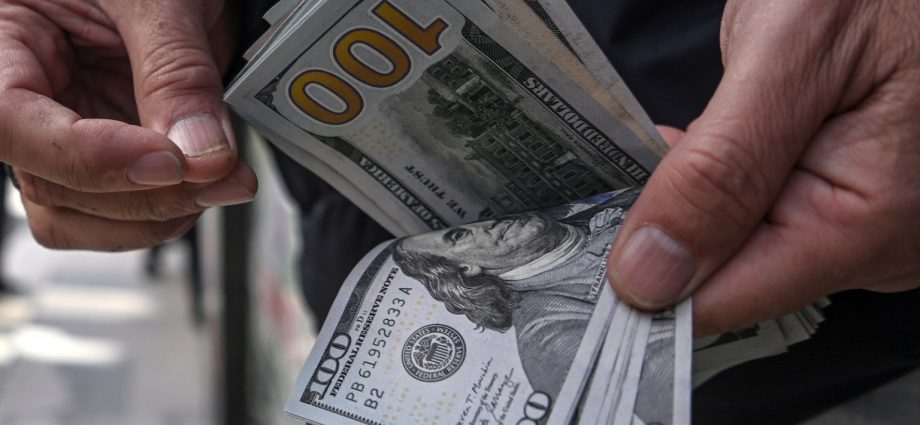
Part 1 of this series concluded that “currency hedging is not just costly and in some countries prohibitively so, preventing companies access to credit and grow, but it brings a misallocation of talents in a floating world.”
Historically, countries have not managed exchange-rate gyrations well. Their experiences, Japan being prominent, show how accurate Paul Volcker was in his statements that there are strong limits to what monetary policies can achieve on their own without coordination with fiscal policies, and what disarray a lack of exchange-rate stability brings about.
Japan is a vivid example. The yen was up 184% versus the US dollar 10 years after the 1985 Plaza Accord. It has been up and down 50% or more since 1995, the last decade down by some 70%, and down just 6% in April 2022.
The share of revenues of Japanese companies’ subsidiaries relocated abroad increased from 8% to 30% from 1997 to 2014. To deal with the massive exchange-rate fluctuations, Japanese companies had the option of either hedging financially (which became expensive) or relocating to the US.
They did both. Relocation brought about the hollowing of Japan’s manufacturing sector, having long-lasting impacts on domestic opportunities – something that no central bank can remedy.
History rhymes: The US Federal Reserve now pursues policies to reduce inflation. A higher interest rate strengthens the dollar; with roughly $4 trillion – 30% of the revenue of S&P 500 Index firms – coming from outside of the United States annually, US stock markets are impacted too, as not all such revenues are hedged; a debt crisis looms.
But history does not repeat itself: Fiscal and regulatory policies of the early 1980s helped the Fed to absorb unwanted liquidity, but this is not the case now. Also, in contrast to the 1980s, it is not only emerging countries that have debt crises looming, but so are the US, Western European countries, and Japan.
A revised Bretton-Woods agreement among governments would be the solution. The agreement must include two clauses left out of the original: Allowing for occasional devaluations when identifying “fundamental disequilibrium” and penalizing for accumulating excess reserves (the latter being a sign of major implicit and explicit mercantilist policies).
Washington could initiate such an agreement subject to firm answers to two questions Volcker raised: “Can we have a stable [financial] system without a dominant country that is itself extraordinarily stable? And was the United States any longer able to play that role?”
The answer to the first question is “no” – the maze of institutions backing contracts must be stable. As to the second question, the answer is yes. Capital is flowing to the US; debts around the world are underwritten in US dollars; both the euro and the yen have failed to become reserve currencies; a communist regime, with institutions not committed to transition to a commercial society, backs the yuan.
The US can thus play the role once it manages simultaneously to lower inflation and coordinate in stabilizing exchange rates.
This is the concluding article of a two-part series. For Part 1, click here.

